
Sewage Treatment
If you don’t have mains sewerage, there are many treatment options you could consider. Ecological sewage treatment usually involves a combination of different methods to separate out solids, deal with disease carrying organisms, and remove nutrients. Some of these might also be of interest if you’re on the mains but want to reclaim the nutrients you’re flushing away.
At CAT we’ve been using ecological sewage treatment systems including reed beds and composting toilets for decades. We run several courses and sell technical publications. You may need help from a sanitation expert in order to get the system passed by the Environment Agency (or other relevant body).
Primary Treatment
The first stage is the separation of most of the solids from the liquid effluent. This is usually by some kind of settlement chamber, such as a septic tank. See below for more.
Another option is a composting toilet. These don’t use any water and compost the waste so that you can use it on the garden. You need to allow up to two years for complete decomposition of the waste. This means you need to allow enough space for the composting to take place.
If a dry toilet is off-putting, solids and liquids from a flush toilet could instead be separated using an ‘Aquatron’. Solids drop into a composting chamber, with liquids going to some secondary treatment stage. We’ve used a few aquatrons at CAT, and find that the effluent quality is much better than a septic tank. This is because it doesn’t create an anaerobic sludge and the majority of solids spends very little time in the water.
De-watering toilets use an electric element to dry the waste. They use lots of energy and produce dried sewage rather than compost, so we don’t recommend them.
Septic Tanks or Package Treatment
These are a robust and economic option if used properly. Most of the solid material will either sink (as sludge) or float to the top (as crust). Effluent flows out to a secondary treatment stage. Bacteria break down some of the solids, but these gradually build up and need removing occasionally (a process known as desludging).
It’s generally a bad sign if a septic tank never needs emptying. There could be a hole in the tank through which solids escape and contaminate groundwater, or get eaten by rats. Or solids could be washing into the leachfield, eventually causing blockage, a bad smell, and a costly rescue operation.
Several kinds of package treatment plants are available. These carry out primary and some secondary treatment in compact units, and produce a cleaner effluent than a septic tank. However, they usually require a power supply, making them more costly to install and run, and not necessarily more environmentally friendly.
Secondary Treatment
For liquid effluent, a common treatment system is a drainage field or leachfield. Effluent flows out to a system of perforated pipes laid in underground gravel trenches. Micro-organisms digest the remaining solids, leaving the liquid clean enough to filter into groundwater. These systems are unsuitable for very clay soils or areas with a high water table.
If your site has poor drainage, an alternative option is a reed bed. These aquatic plant based systems allow bacteria, fungi and algae to digest the organic matter in the effluent. The best system often results from combining the two basic types of reed bed: vertical flow and horizontal flow. In each case, the effluent percolates through layers of sand and gravel in an enclosed bed.
You’d normally have two vertical flow reed beds, one operating and one resting. They operate aerobically (with oxygen) to break down pollutants, including turning toxic ammonia into nitrates. A regular maintenance procedure is to swap from one to the other, usually every few weeks. This prevents blocking and allows them to operate most efficiently. Overall reed bed maintenance is basic – just ensure that they are functioning effectively and keep reeds and other plants in check.
A horizontal flow bed would follow a vertical one, and operate anaerobically (without oxygen). It turns nitrates to nitrogen gas, as you may well have a consent limit on nitrate. This bed won’t be needed if you’re only treating greywater, unless the outflow is into a pond (requiring better quality). Additional treatment stages, such as a willow bed, can further improve the quality at the final outlet.
Further Information
See the related questions below for further detail. For in-depth advice we run regular courses on reedbeds & wastewater management and on composting toilets.
The CAT store sells the book Choosing Ecological Sewage Treatment, which gives lots more detail about different options.
Related Questions
How is a reed bed sized and designed?Vertical flow reed beds require a fall of at least 1.5 metres to provide good treatment, and about 2 square metres per person served, with the necessary size per person reducing for as the number of people increases. For 50 people the reed bed area could fall to 1m² per person. The area is based on around 200 litres of sewage per person per day.
For grey water treatment only, you can calculate the area on the basis of water produced, with about 1m² for every 100 litres of sewage. Grey water reed beds are about 30% smaller than those for all sewage because about 30% of domestic waste water is flushed down the toilet.
You can control the discharge of effluent to a vertical reed bed with a floating outlet (for example from Watercourse Systems) which are less prone to blocking up.
A horizontal flow reed bed requires about 1 square metre per person, with a minimum of 6 square metres. There should be a settlement tank between vertical and horizontal flow reed beds, to take out solids such as dead microbes. This tank will very rarely need emptying.
It will take 2 to 3 years for reeds to establish, but the system can be used in that time as the reeds need the nutrients and the beds can work without reeds. Reeds aerate and provide frost protection.
The grade of pea gravel in a reed bed does not have to be too precise. 5-10mm is fine, as it’s only a thin layer and is there to support the sand, and stop it washing down into the coarse gravel below. The gravel should ideally be washed and graded to 20mm (but this is flexible).
Aeration pipes on small domestic systems are not strictly necessary as the coarse materials should ensure enough air gets in. If they are to be included then for a small reedbed a couple would be sufficient. To make them, drill 10mm holes at four cardinal points every 20cm along the length of some 100mm tubing.
Construction can take from 2 days to 4 weeks depending on size, the materials used and if you hit bed-rock, etc. It can cost several thousand pounds for a DIY system, including the hire of digging equipment, lining the tanks, plumbing, and so on. A professionally installed system could be over £10,000.
We have a settlement tank instead of a septic tank, and we deal with the solids ourselves. The top layer (crust) is taken off and composted, or removed. The middle layer (effluent) goes to the reed beds. The bottom layer (sludge of ‘onion gravy’ consistency) goes to a separate bed for treatment.
CAT’s reed beds are a vertical flow bed of 12 metres by 4 metres, and a horizontal bed of 12 metres by 5 metres, then a pond and a willow trench system.
The diameter of plastic land drain tubing in the vertical flow bed is about 100mm (but this isn’t critical). The diameter of the pipe outlets of the vertical reed bed is 110mm, which is a standard sizing for waste pipe. The diameter of pipe for the horizontal bed outflow is 50mm – but this just opens up into the pond. None of the pipe sizes are that important as long as they are big enough for the flow of water, which is usually quite low.
The tank will fill until it reaches an equilibrium point, after which incoming sewage will displace effluent to the outlet. A crust will gradually form on top and sludge will build up on the bottom. There may be no surface crust if only toilets flow into the tank and not wastewater from the kitchen or bathing. This is because the crust is mostly floating fats, oils, grease and food. In this case you may be able to empty the tank much less often.
The tank should then remain filled to a constant equilibrium. If the level fluctuates, either sewage is leaking out or ground water is leaking in (or both). If the land is very flat or rises away from the tank, it can have a third chamber from which effluent is pumped.
An off-the-shelf septic tank is simple, cheap and reliable, costing only few hundred pounds. To estimate a suitable size, mutiply the number of of people by 180 litres, and then add 2000 litres. If the tank is too small there won’t be enought time for proper settlement.
Do I need to use additives?
For septic tanks there’s really no need to add bacteria. In our temperate climate the anaerobic digestion rate is so slow that septic tanks function much more as a sedimentation tank than a bio-digester. This means that physical processes are much more important than biological, so there is no need to try to optimise the biological processes with additives. A healthy septic tank should already have all the micro-organisms it needs.
To help an ailing septic tank, ensure that the dip pipes, baffles and other components are all in place, and that it’s emptied at suitable intervals. You can also reduce water use in the house, and make sure rainwater runoff is not entering the tank.
The only time we recommend additives for a domestic sewage system is the addition of freeze dried bacteria or sewage to package treatment plants that are not used in winter and need booting up in the spring. Another exception could be a system connected to a commercial kitchen without grease traps, because when fat breaks down it makes it really acid, and this can slow down the bugs.
If you have a blocked drain then a drain cleaning product may help, but we haven’t done studies on this. However, this should be a one off because if pipes regularly block then there is a problem to address. The source could be a poorly performing septic tank, or excessive grease (in which case install a grease trap and stop grease entering sewer at source), or a poorly designed or broken stretch of pipework (in which case you may need to excavate and rebuild).
Please note that if you are not on mains sewerage, the Environment Agency may require that all grey and black water can be treated through your septic tank or similar system. This means you might not be able to save by putting in a smaller system.
Household ‘grey water’ (from showers and sinks ) is generally quite diluted and in some cases can just be used to irrigate a garden. Otherwise, the effective dispersal of grey water depends on soil porosity. You need to disperse it into the ground over as wide an area as is necessary to ensure you don’t have any surface water. For example by using a drainage field.
Where soil porosity is very poor, you’d need to clean the grey water before discharging it, possibly using a gravel filled tank such as a horizontal flow or subsurface bed. You’ll need some kind of trap at the front end of the system that will catch any solids, because hair is particularly likely to block things up and cause problems. You may also need a surge tank, depending on how much the flow rate varies.
For a simpler and lower cost option than a drainage field or a reed bed you might be able to consider a willow bank or a trench arch.
A willow bank is essentially a pile of bark peelings or wood shavings at least 1.5 metres deep and with a surface area of 5 to 10 square metres. It’s retained in some sort of frame, which can be a ‘living structure’ made from willow. Grey water is piped onto the middle of the pile. The solid matter is filtered out and humifies, while liquids will drain through and break the wood shavings down into a compost, which will itself be a good water-cleaning medium. The water emerging from the bottom will feed the surrounding willows. The willows need annual pruning, and wood shavings will need to be added less often.
A trench arch is like an elongated soakaway. It is a long gravel-lined trench capped with paving stones that can be pulled up for inspection or maintenance, or a row of pipes cut longitudinally in half. Raw greywater can rush along it until it finds somewhere nice to settle into. Worms and micro-organisms deal with solid matter and soon create a nice composty medium which treats the water very well.
An Aquatron separates solids and liquids using the sticking properties of liquid. In the hourglass-shaped device liquids stick to the sides while solids fall down the centre into a composting chamber.
It must be less than 25 metres (ideally less than 15 metres) from the toilet, in order that solids and liquids have not become too mixed. You should try to avoid bends in the pipe, and the waste should enter the aquatron at an angle of roughly five degrees.
A composting chamber may need to be about one-third to one half of a cubic metre per person. That volume is equal to a box about 70 to 80 cm on each side. The larger the chamber, the more forgiving the system. You may need to have provision for drainage of the compost, as more liquid is likely to get through than with a urine seperating toilet. So you’d need to include this in the design and allow for pipes, etc.
Ventilation will reduce problems with bad odours and flies and help prevent saturation of compost mass. A simple unpowered (passive) vent is a straight pipe of at least 110mm diameter, reaching well above the roof line and with a rotating cowl. If you paint the top of the pipe black this assists with thermal draw. In toilets at CAT we have used a small 10 watt fan in the composting toilet.
Nearly all pathogens are broken down by composting if it’s left for at least a year (ideally two) to decompose. The quantity produced is small so as an extra precaution it can just be used where it doesn’t come into direct contact with the edible part of crops.
For more on the Aquatron, see the websites of either the UK distributor or the Swedish manufacturer.
Urine can be used as a fertiliser (on non-food plants), when diluted about 1:10 in water. It is an excellent plant food containing just the right balance of plant nutrients including nitrogen, phosphorus, and potassium. However, don’t store it for too long or it will start to smell. In some cases, diluting with waste greywater may be possible.
Both flushing and composting toilets can have urine diversion. It’s common for composting toilets as diverting urine at source improves the composting process. There are waterless urinal designs that may be suitable for some locations. A more basic alternative is just to collect urine in a container with a funnel.
Urine collected without other contamination should ideally be used within a day or so, before ammonia levels build up and it starts to smell. If you are collecting urine from seated use there is a real risk of contamination from faecal pathogens. Urine collected in this way should be stored for six months, during which time the ammonia level will build up and sterilise the liquid.
You should avoid using urine on any crop where the bit that you eat may come in contact with the urine. So it’s fine round your fruit bushes, shrubs and flowers, but not for salad crops.
At CAT we found good results from applying diluted urine as fertiliser in winter and early spring. At these times of year plants often don’t get enough nitrogen from the cold soil.
At other times, adding urine to compost may be a good option. This is particularly appropriate for a high-carbon compost heap, such as leaves & woody waste. The nitrogen input is then very helpful. Another simple idea is a ‘straw bale urinal’. This is a bale of straw, ends uppermost, for men to urinate on – or women too, with a suitable design. The liquid soaks in and composts the middle of the bale in a few months.
Water Systems: Sky to Sea
Related events

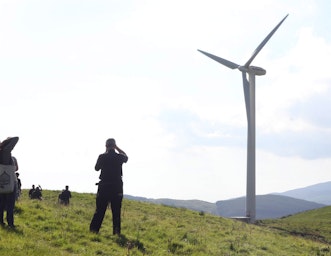
Transformational International Energy Management
30th June 2025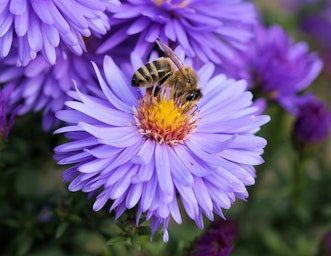
Beekeeping Intensive
6th September 2025
Sustainable Woodland Management
10th November 2025Study at CAT: Our Postgraduate Courses
Related news


CAT Conversations: Georgia Davies, CAT Volunteer
6th June 2025
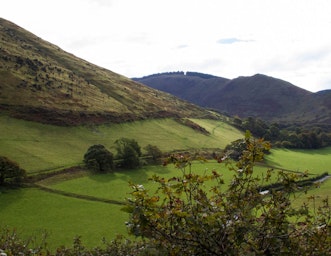
CAT Conversations: Sandy Stevens, CAT graduate
17th April 2025Related Books
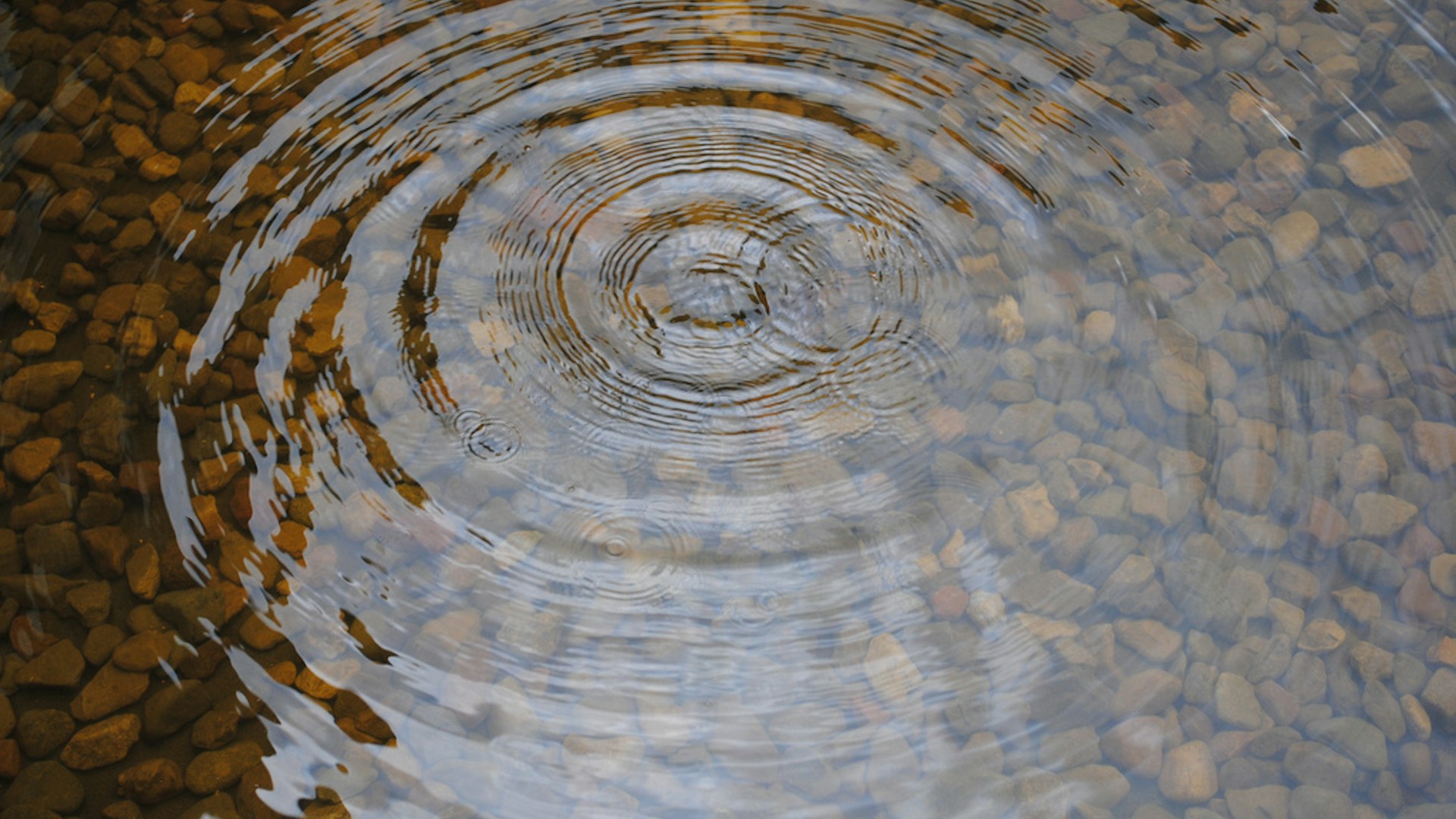
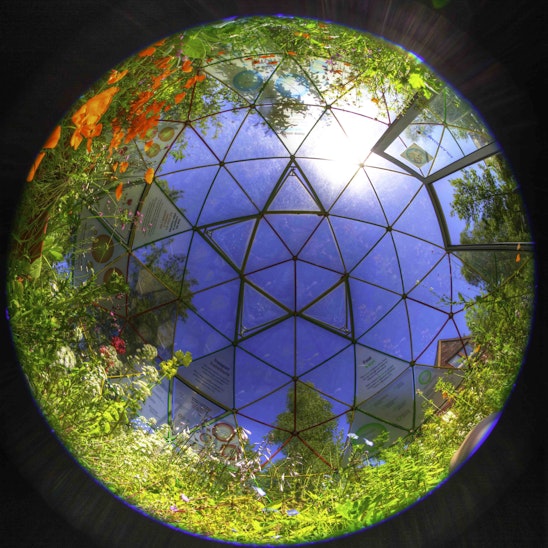
Did you know we are a Charity?
If you have found our Free Information Service useful, why not read more about ways you can support CAT, or make a donation.
Email Sign Up
Keep up to date with all the latest activities, events and online resources by signing up to our emails and following us on social media. And if you'd like to get involved and support our work, we'd love to welcome you as a CAT member.

